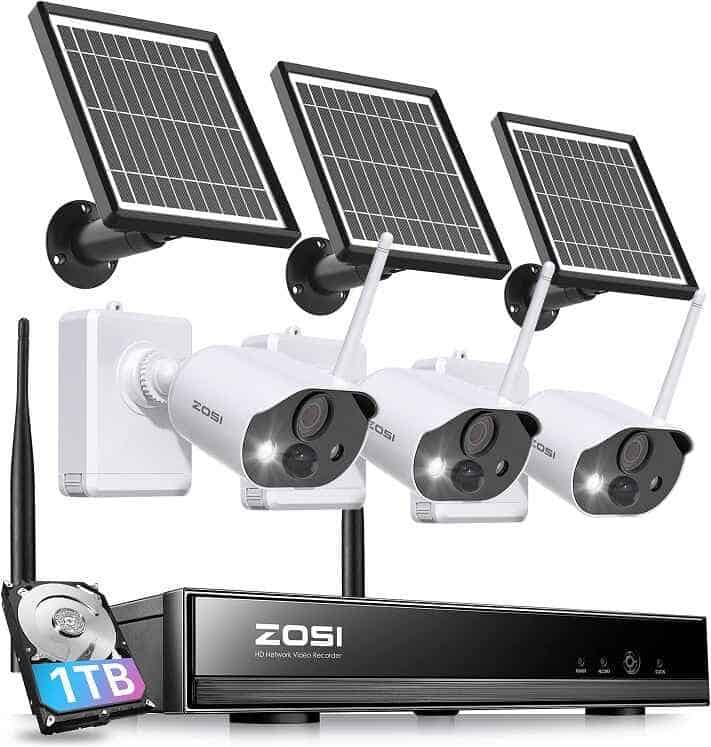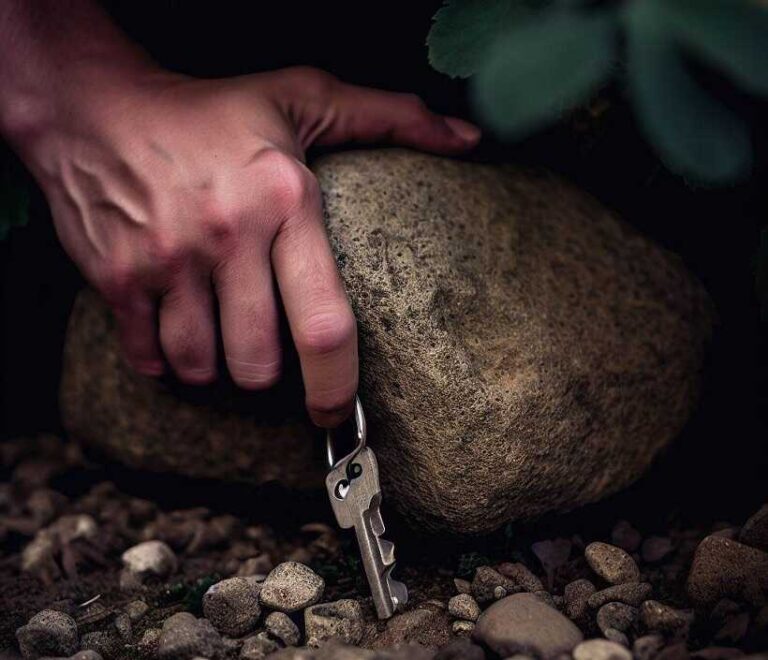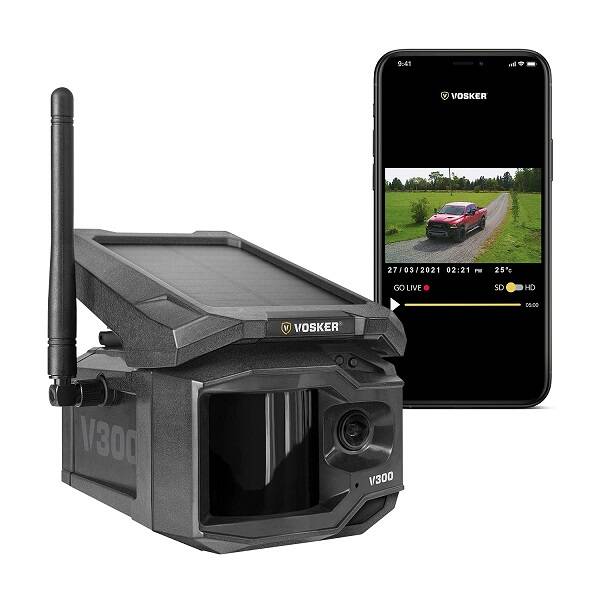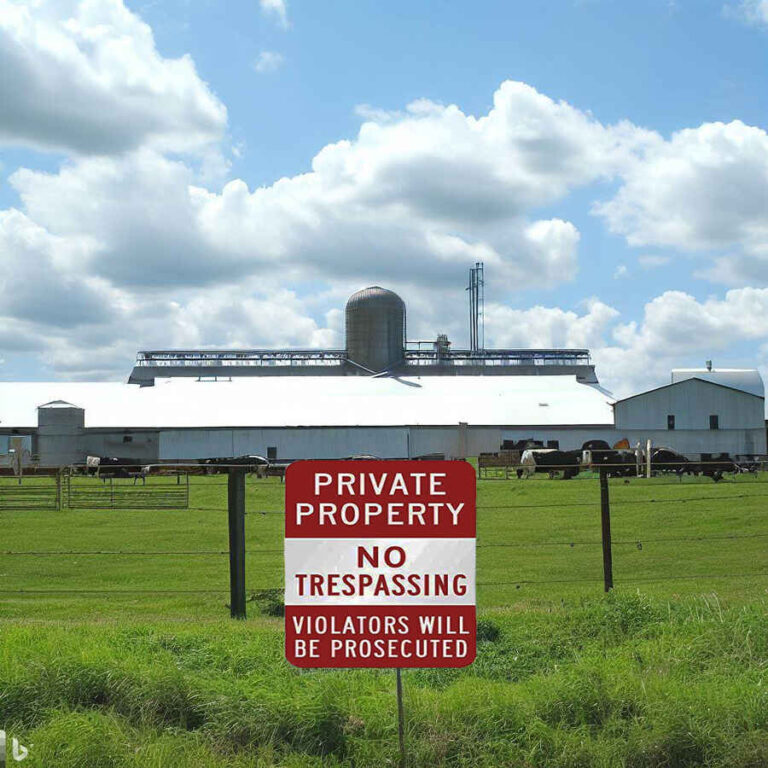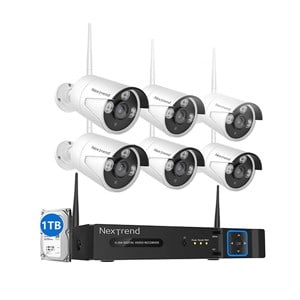How Can Trail Cameras Aid in Scouting and Target Identification for Hunting?
Hunting is an activity that requires patience, skill, and knowledge of the wildlife in the area. One of the most valuable tools that hunters have at their disposal is trail cameras. These devices have revolutionized the way hunters scout for game and identify potential targets.
In this article, we will explore the benefits and advantages of using trail cameras for hunting, discussing how they can enhance scouting efforts and aid in target identification.
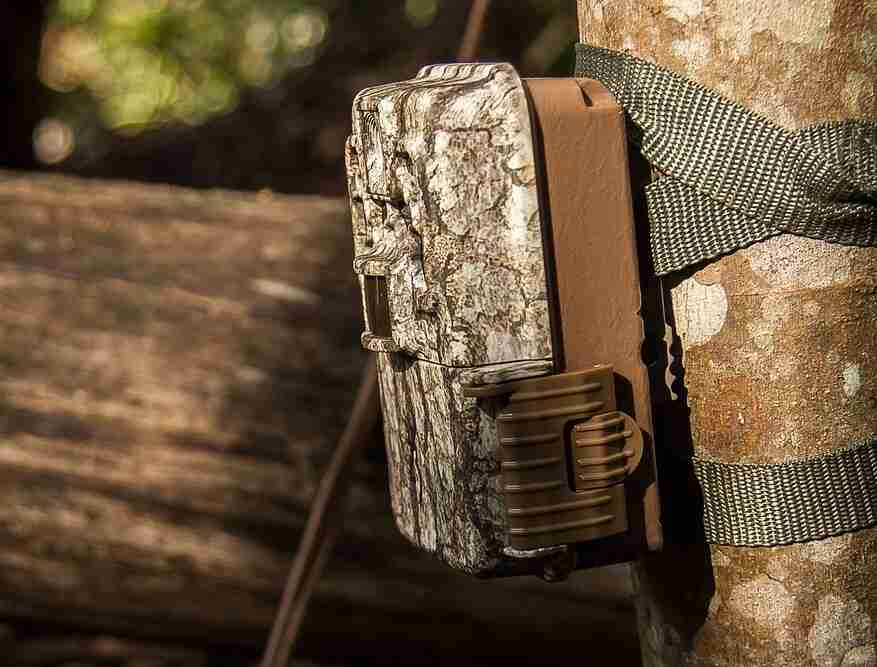
The Importance of Scouting in Hunting
Scouting is an essential part of successful hunting. It involves gathering information about the habits, patterns, and locations of the game animals you wish to pursue. By understanding the behavior and movement of the target species, hunters can strategize and plan their hunting expeditions more effectively.
Introducing Trail Cameras
Trail cameras are remote cameras designed to be placed in the field to capture images or videos of wildlife. These cameras are equipped with motion sensors and infrared technology, allowing them to detect and record the presence of animals in their vicinity. Trail cameras are weatherproof and can operate for extended periods, making them ideal for long-term scouting.
Setting Up Trail Cameras for Effective Scouting
To maximize the effectiveness of trail cameras for scouting, proper setup is crucial. Here are some key considerations:
Location Selection
Choosing the right location for your trail cameras is vital. Look for areas with signs of animal activity, such as game trails, bedding areas, watering holes, or feeding spots. These high-traffic areas increase the chances of capturing valuable footage.
Camera Positioning
Position your trail cameras strategically to get the best results. Aim the camera towards the game trail or the area where you expect animals to pass by. Mount the camera securely and adjust the angle to ensure optimal coverage of the target area.
Camera Settings
Adjust the camera settings based on the conditions and target species. Set the resolution, trigger speed, and sensitivity level accordingly. Experiment with different settings to find the right balance between capturing useful footage and conserving battery life.
Benefits of Using Trail Cameras for Scouting
Trail cameras offer numerous advantages for scouting in hunting:
24/7 Surveillance
Unlike human scouts, trail cameras can operate round the clock, providing a continuous monitoring capability. They can capture wildlife activity during both day and night, allowing hunters to gain valuable insights into animal behavior patterns.
Remote Monitoring
Trail cameras provide the convenience of remote monitoring. By checking the captured images or videos remotely, hunters can assess the movement of game animals without physically visiting the scouting area. This saves time, effort, and minimizes human disturbance.
Data Collection
The data collected by trail cameras helps hunters build a comprehensive understanding of the game population in a specific area. By analyzing the footage over time, hunters can identify peak activity periods, preferred routes, and specific habits of the target species.
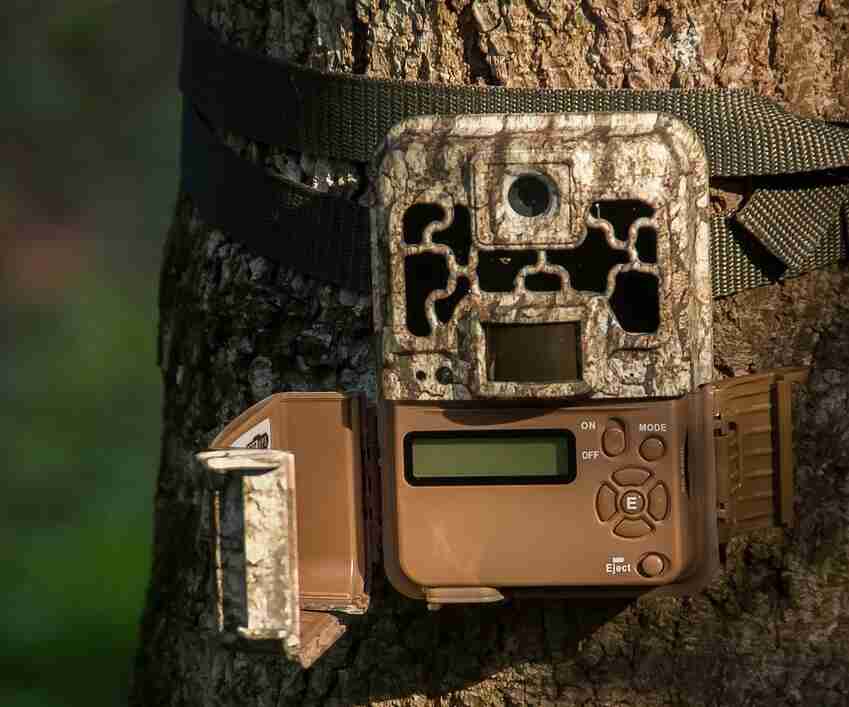
Analyzing Trail Camera Footage
Once you have captured footage from your trail cameras, it is essential to analyze it effectively. Here are some key steps:
Organizing Footage
Sort and organize the captured footage to make analysis easier. Create folders or use software that allows you to categorize images or videos based on date, time, and location. This organization helps in identifying patterns and trends.
Identifying Animal Behavior
Carefully observe the footage to determine the behavior of the target species. Look for patterns such as feeding times, bedding locations, or rutting activity. These insights will guide your hunting strategy and increase your chances of success.
Recognizing Potential Targets
While analyzing the trail camera footage, keep an eye out for mature animals or trophy-worthy targets. By identifying potential targets, you can focus your efforts on specific individuals, increasing your chances of a successful hunt.
Target Identification and Monitoring
Trail cameras play a vital role in target identification for hunting. They enable hunters to:
Assess Game Quality
By capturing images or videos of game animals, trail cameras provide hunters with the ability to assess the size, age, and health of potential targets. This information helps in making informed decisions and targeting specific individuals.
Monitor Trophy Bucks
For trophy hunters, trail cameras are invaluable tools for monitoring and tracking trophy bucks. By continuously monitoring their movement patterns, hunters can determine the best time and location to pursue these elusive and majestic animals.
Enhancing Hunting Success with Trail Cameras
Trail cameras contribute significantly to hunting success. Here are some ways they can enhance your hunting experience:
Precision Planning
By gathering data through trail cameras, hunters can develop precise hunting strategies. They can choose the most productive hunting locations, plan hunting times, and identify the best routes to remain undetected by game animals.
Increased Efficiency
With the information provided by trail cameras, hunters can make better use of their time and resources. By focusing on areas with higher game activity, they can increase their chances of encountering target animals, resulting in more successful hunts.
Common Mistakes to Avoid
While using trail cameras for scouting and target identification, it’s essential to avoid common mistakes that can hinder your success. Here are a few to keep in mind:
Poor Camera Placement
Incorrect camera placement can result in missed opportunities and inadequate coverage. Take the time to research and understand the target species’ behavior and habitat to ensure optimal camera placement.
Neglecting Battery Life
Failing to monitor battery life can lead to cameras shutting down at crucial times. Regularly check the battery level, and consider using additional power sources or higher-capacity batteries for extended use.
Best Practices for Using Trail Cameras
To maximize the effectiveness of trail cameras, follow these best practices:
Regular Maintenance
Perform regular maintenance on your trail cameras to ensure they are in optimal working condition. Clean the lenses, check for any damage or wear, and update firmware or software as needed.
Periodic Camera Checks
Visit your trail cameras periodically to collect data, change batteries, and perform any necessary adjustments. This allows you to stay updated on the game population and make any required changes to your scouting strategy.
Conclusion
Trail cameras have revolutionized the way hunters scout and identify targets. With their ability to provide continuous surveillance, remote monitoring, and valuable data, trail cameras are indispensable tools for modern-day hunters. By using trail cameras effectively and analyzing the captured footage, hunters can significantly increase their chances of a successful and rewarding hunting experience.
FAQs
Q: Can trail cameras capture images at night?
A: Yes, trail cameras are equipped with infrared technology that allows them to capture clear images and videos even in low-light or nighttime conditions. They utilize infrared flash or LEDs to illuminate the area without alerting or spooking the game.
Q: How long do trail camera batteries last?
A: The battery life of trail cameras depends on various factors such as the quality of the batteries, camera settings, temperature, and the frequency of triggered captures. On average, most trail cameras can operate for several weeks to several months on a set of batteries.
Q: Can trail cameras withstand harsh weather conditions?
A: Yes, trail cameras are designed to be weatherproof and can withstand various weather conditions. They are built to be durable, with waterproof and dustproof features to ensure they continue functioning in rain, snow, or extreme temperatures.
Q: How many trail cameras should I use for scouting?
A: The number of trail cameras you should use depends on the size of the hunting area, the diversity of game species, and your specific scouting goals. As a general guideline, it is recommended to have multiple cameras strategically placed to cover different areas and increase your chances of capturing valuable footage.
Q: Can trail cameras be used for security purposes?
A: Yes, trail cameras can also be utilized for security purposes, such as monitoring a property or detecting intruders. Their motion-sensing capabilities and ability to capture images or videos make them versatile tools for surveillance beyond hunting.
Disclaimer
Certain content that appears on this site comes from Amazon. As an Amazon Associate we earn from qualifying purchases. Read full Disclaimer Here!

